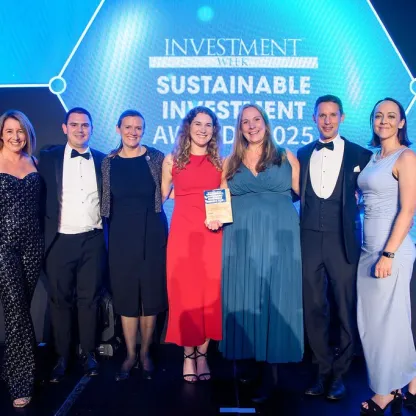Responsible gold is no longer a niche concern, finds Greenbank’s new whitepaper, but the sector must continue to raise standards and improve transparency.

The Role of Gold in Responsible Investment Portfolios
Article last updated 11 November 2025.

Charlie Young
Ethical, Sustainable and Impact Researcher
Gold has long held a unique place in traditional investment portfolios, valued for its resilience and stability in periods of inflation and market volatility. In today’s world, however, investors are increasingly concerned not just with returns, but with the ethical and sustainability impacts of their investments.
This is especially true for commodities like gold, with its supply chain linked to environmental damage, poor labour conditions, and even conflict. As sourcing standards evolve, the question of gold’s place in responsible investment portfolios is becoming ever more common.
Greenbank has produced a whitepaper, “The Role of Gold in Responsible Investment Portfolios,” to provide clarity for responsible investors navigating this complex asset class. The paper connects both the risks and opportunities associated with gold by introducing Greenbank’s approach to screening gold-related investments for alignment with ethical, sustainable, and impact principles.
As Charlie Young, ESI Researcher at Greenbank, explains:
“Gold’s appeal as a store of value is stronger than ever, but so is our ability to scrutinise its origins. Our research shows that while responsible gold is gaining ground, thanks, in part to advances in certification, recycling, and supply chain transparency, there is still work to be done before gold can be considered a truly sustainable asset class.”
The research highlights the complexities of the gold supply chain and finds that while full traceability remains a challenge, advances in industry standards are making it increasingly possible for gold to be included in responsible investment portfolios, provided rigorous screening is applied.
The paper also examines some recent innovation within the industry, spotlighting the Royal Mint Responsibly Sourced Physical Gold ETC, which is leading the market with a mandate for 100% recycled gold by 2030. In particular, the Mint’s use of circular economy principles is a clear example of how the gold market can align with the transition to more sustainable practices.




